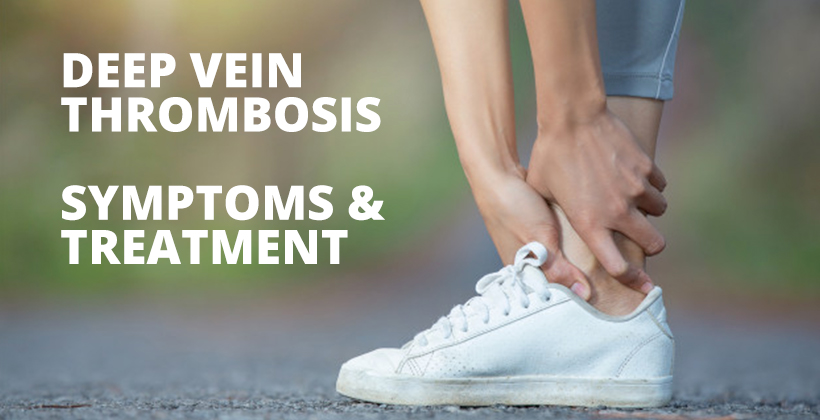
Venous Thromboembolism
Venous Thromboembolism is a condition in which a blood clot develops in deep veins, most commonly in the lower extremities. A part of the clot can break off and travel to the lungs, resulting in a life threatening health issue called pulmonary embolism (PE).
People who travel for longer period of times have high risk of suffering from DVT/PE.
Symptoms of Deep Vein Thrombosis
Did you know? More than 300 million people travel on long-distance flights (generally more than four hours) and DVT can be dangerous for some long distance travelers. Many people suffering from Venous Thromboembolism have no symptoms at all. But some people might experience these common symptoms:
- Swelling in leg or arm
- Severe pain
- Redness of the skin
- Chest pain
- Shortness of breath
- Bruising behind the knee.
Patients should contact their health care provider ASAP if they experience any of the above mentioned symptoms.
How You Can Prevent Deep Vein Thrombosis?
- Exercise Regularly – Make sure to exercise at least half an hour daily. The various activities that you can include in your exercise regime are walking, jogging, swimming, aerobics, and bicycling. These exercises will help you manage your weight. In addition to it, don’t forget to eat a low-fat, high-fiber diet with lots of vegetables and fruits to stay fit and healthy.
- Quit Smoking – If you smoke cigarettes, try to quit smoking. You can use nicotine gums, nicotine patches, and sprays etc. as an alternative. You can also consult your doctor who might prescribe some prescription medications to beat your smoking habit. You can also join support groups to kick the habit.
- Monitor Blood Pressure – Keep a regular check on your blood pressure readings. Follow your doctor’s instructions properly and take medications, if prescribed. Just make sure to keep your blood pressure in control to prevent DVT.
Tips To Protect Yourself and Reduce Your Risk of Blood Clots During Travel
- Be alert to the signs and symptoms of blood clots.
- Consult with your health care provider if you think that you’re at risk for blood clots.
- Make sure to move your legs frequently and exercise your calf muscles to improve blood circulation during long trips.
- If you are on blood thinners, be sure to follow your doctor’s recommendations on medication use.


